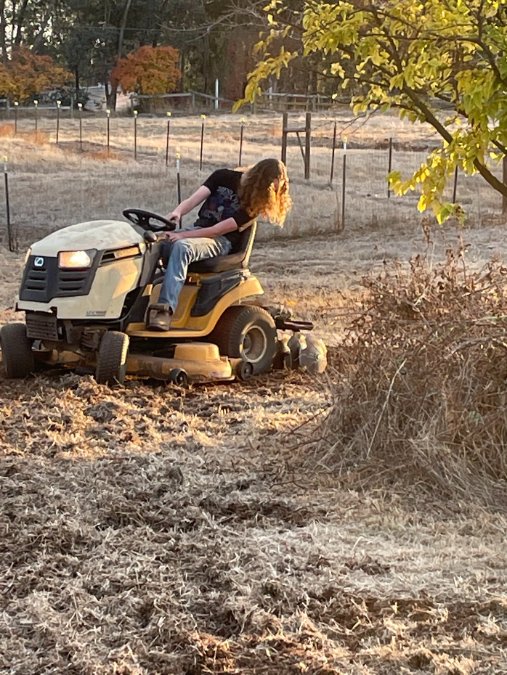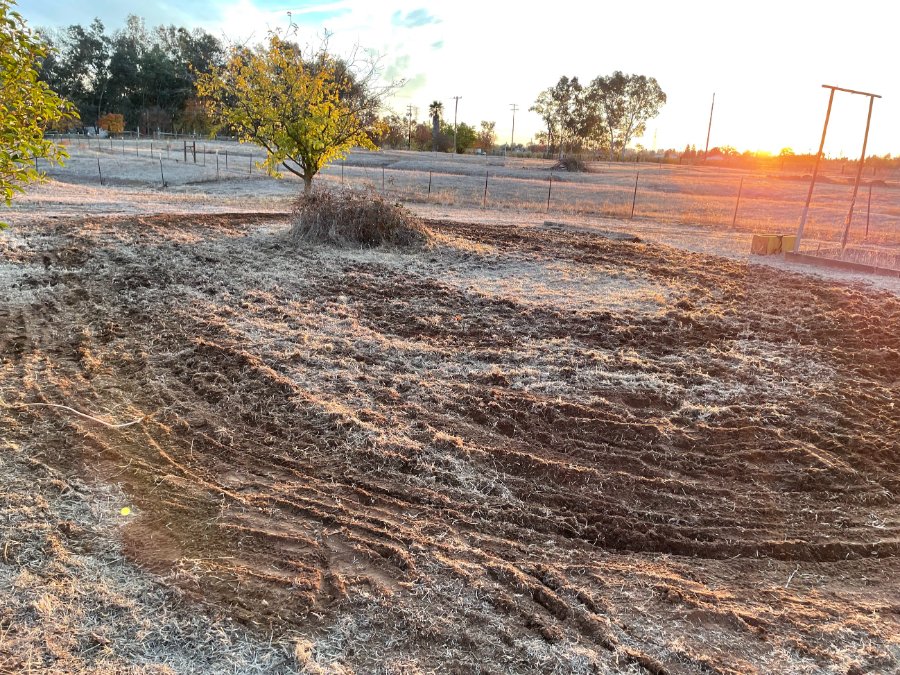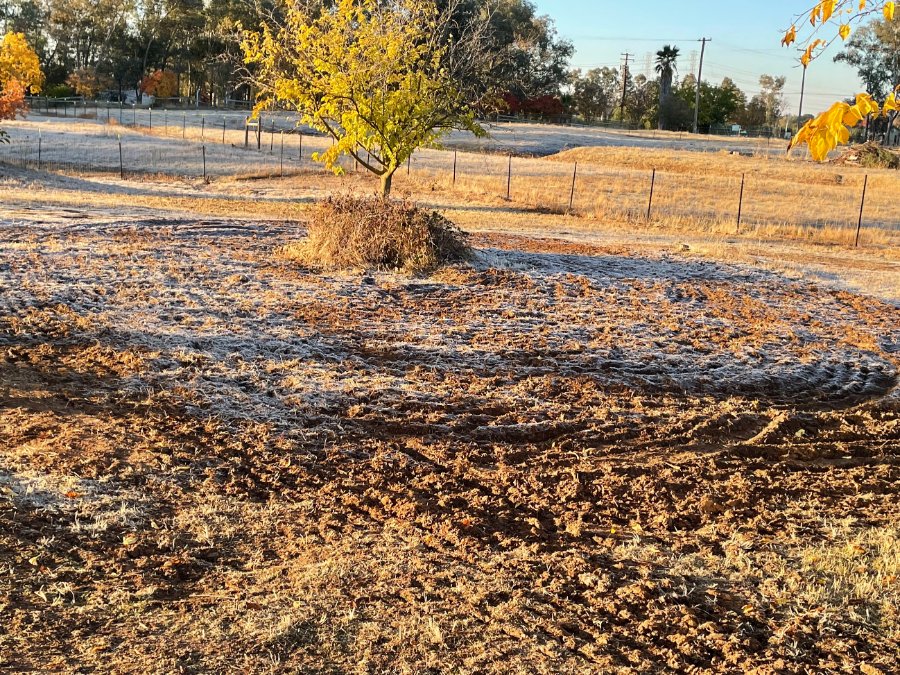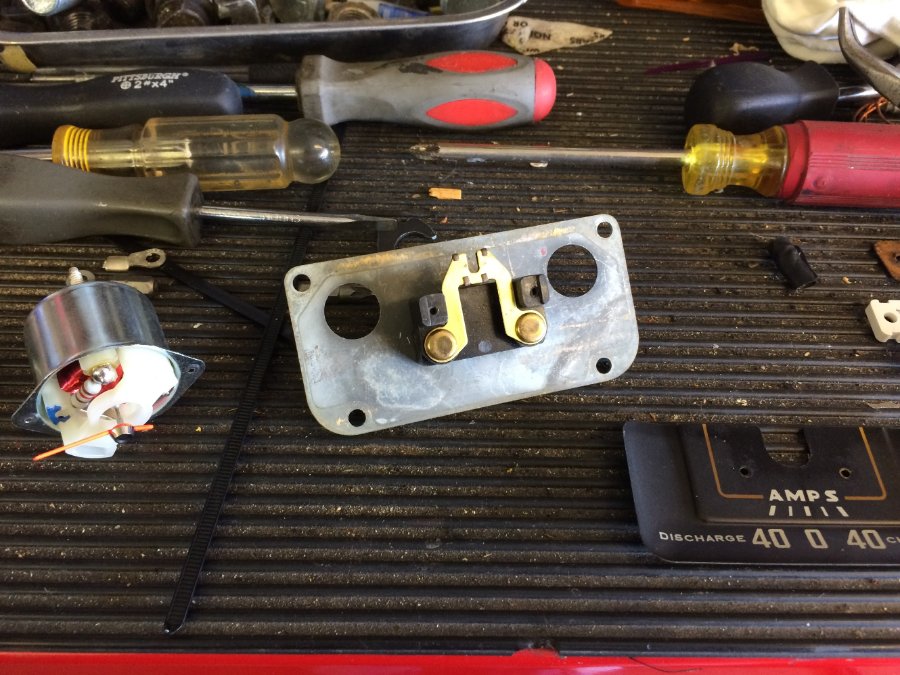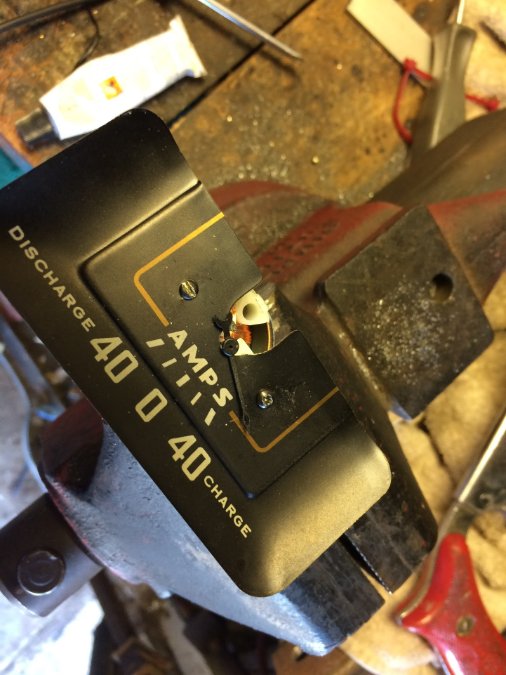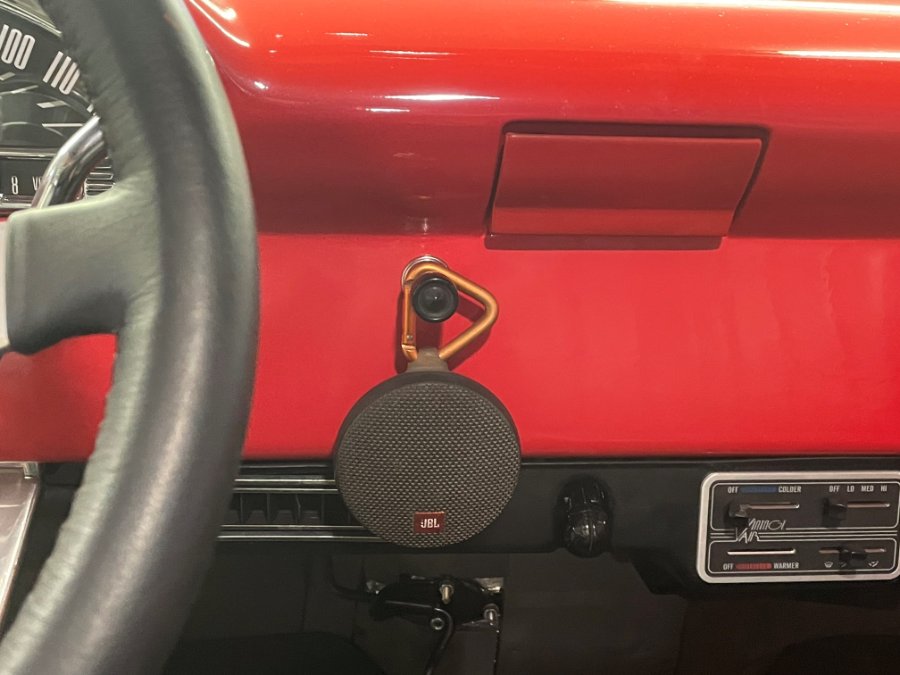-
Posts
1,320 -
Joined
-
Last visited
-
Days Won
14
Everything posted by Adam H P15 D30
-
I almost lost us an American Classic Yesterday.
Adam H P15 D30 replied to OUTFXD's topic in P15-D24 Forum
Judging by the way your floor looks cooked above the muffler, you may have found your problem. -
Transmission interchange from 1940 to a 1947 Special Deluxe
Adam H P15 D30 replied to RonJ's topic in P15-D24 Forum
The second gear ratio might also be different. -
I almost lost us an American Classic Yesterday.
Adam H P15 D30 replied to OUTFXD's topic in P15-D24 Forum
Plugged muffler will get very hot even if there are no leaks -
Moved from the city in June to 5 acres. Started prepping a garden area, maybe try some winter plantings? I am a complete novice at this so any tips would be appreciated. Winter temps range from 30-65 degrees, hot summers and mild fall / spring temps here. Good news is the PO left me about 2 miles of drip lines so it will all be on a drip watering system. My son breaking the ground Getting there First phase done, a little frosty this morning Still need to figure out what to do with the blackberry bush. Maybe burn it in winter?
-
These engines are tough. Since you have it partially apart, I'd check the valves, splash oil inside it, button up the tins and light it.
-
Just some food for thought. Here is how I tackled the amp gauge conundrum when I switched to a 70a alternator and I kept my stock gauges. I bought an aftermarket mini volt gauge. Here you can see it sitting next to my amp gauge. I removed the amp gauge and attached the volt gauge in its place. I glued the stock needle to the volt meter's needle and added a little color (optional). In the end, when the needle is straight down, that's 12v, anywhere to the left is charging. If it were not for the colors, nobody would know.
-
Just don't do anything that will require the alternator to put out full capacity. This includes: -Jumpstarting another car with your engine running -Running with a low battery -Any electrical short -Shorted cell in your battery At best your amp gauge will pop like a fuse, at worst it'll burn your car to the ground. Maybe run a 40-50a circuit breaker in the primary line from the alternator? -OR- Upgrade the primary wire from the alternator to 4ga to handle 100 amps should the need arise. That could make you amp gauge inop though... I get rid of amp gauges...
-
MAYBE the rear fenders but you will have to drill holes for the chrome strip. Wayfarers are the "poor man's Dodge" and share components with Plymouth, including wheelbase.
-
I mentioned they looked like Posie springs but they offer (or used to) stockish or lowered springs. That poster did not have their "super low" springs, the spring eyes are reversed on those. Their Super Low springs are a bolt in and should lower it more than it is now. Check their catalog. Lop a 1/2 coil off the front and you'll be good to go. You can always cut more if needed. The Dodge in my avatar has 1/2 coil cut off the original saggy springs.
-
Can go either way with CA DMV. My 49 is registered by the engine/frame number with a reference to the body serial number on the title My 47 is registered by the body serial number. The engine has no numbers on it and the frame numbers are unreadable. Never mentioned this and the CHP just went to the body number. You DO NOT want DMV assigning you a VIN if possible!! My 56 Ford Panel is registered by the body serial number located in the same place as my Mopars.
-
No, not exactly. Though some increase can be achieved with a lead additive, it couldn't get where it needed to be and lead fouling was an issue. Here is a snip I wrote about fuels a while back: When your manual was written, the fuel available was what is called "straight run gasoline." Straight run gas is basically what boiled off the top of a distillation tower and condensed into the fuel your manual was written around (think moonshining). Very volatile and very low octane compared to what is available now and that's where the refining ended due to the technology of the time. During WW2, there was a need to fly higher and faster which required much higher cylinder pressures to and in turn required high octane fuel. It was found that high octane fuels could be found in the heavy oils at the bottom of the distillation towers (where the fuel oil and asphalt lives) but the molecules will have to be cracked using a catalyst. The other option was super heating but a catalyst can do the same at a much lower temperature. Cat-cracking was born out of this need and the cracked fuel is now blended with straight run fuel to get desired octane and volatility which are all much different that what was available pre WW2 when your manual was written. There is much, much more to this but I am not in class and it will get off topic, but you get the basics.
-
Yes, the process was developed for WW2, not available to the public until after the war.
-
Probably less than that. Refineries didn't start cracking fuel until after WW2 which gave us high octane and led engine development into the muscle car era.
-
You can see my brake hose routing around the upright. I added some heavy zip ties because it rubbed the upright when turning. I did this in 2012 and 15,000+ miles ago, no issues.
-
If you don't want to go through all the added complexity with kickdown switches and the like, you can run it safely with just the lockout cable and a switch with no ill effects. Just be sure you understand how the R10 works and I would recommend keeping the governor in the loop. I ran a 40 Ford / 59AB like this for years with no problems. Last I saw the 40, it was still going exactly like I set it up. I didn't like the "automatic" function of the kickdown and ignition interrupt so I chose to make it more manual. Still had a kick down but I would just flip the toggle switch off, lift off the gas for a second and it would shift almost silently, reverse the procedure for the upshift. All above 25mph because I kept the governor.
-
-
The back of the engine is where it will run the hottest. Gauge may not be off too much.
-
Charlie's kit is the way to go especially if you want to retain the stock 15" wheels. Well thought out and well built with excellent support from Charlie. The spindles drill and tap easily, there is plenty of adjustment in the tie rods to adjust for the thickness of the caliper plates. Also running the stock castle nut and washer, installed correctly. Sometimes people need to be smarter than the spindle...
-
Still can't figure out where this mysterious bump steer you're experiencing is coming from...
-
The Cooling System...Pushing It's Limitations
Adam H P15 D30 replied to keithb7's topic in P15-D24 Forum
That's hotter than my 49 runs on a 100 degree day, climbing hills with a thermostat. I would flow test the water pump and radiator... Mine is bored .040 -
I would not drive or park any car in SF especially a classic...
-
The Cooling System...Pushing It's Limitations
Adam H P15 D30 replied to keithb7's topic in P15-D24 Forum
Pull the upper radiator hose and run it, see how much it pumps out. Might need to put the garden hose in the radiator to keep it at an acceptable level while testing. Then replace that flexi hose with a molded hose... -
I think there was a gasket that went between the trans and bellhousing.




